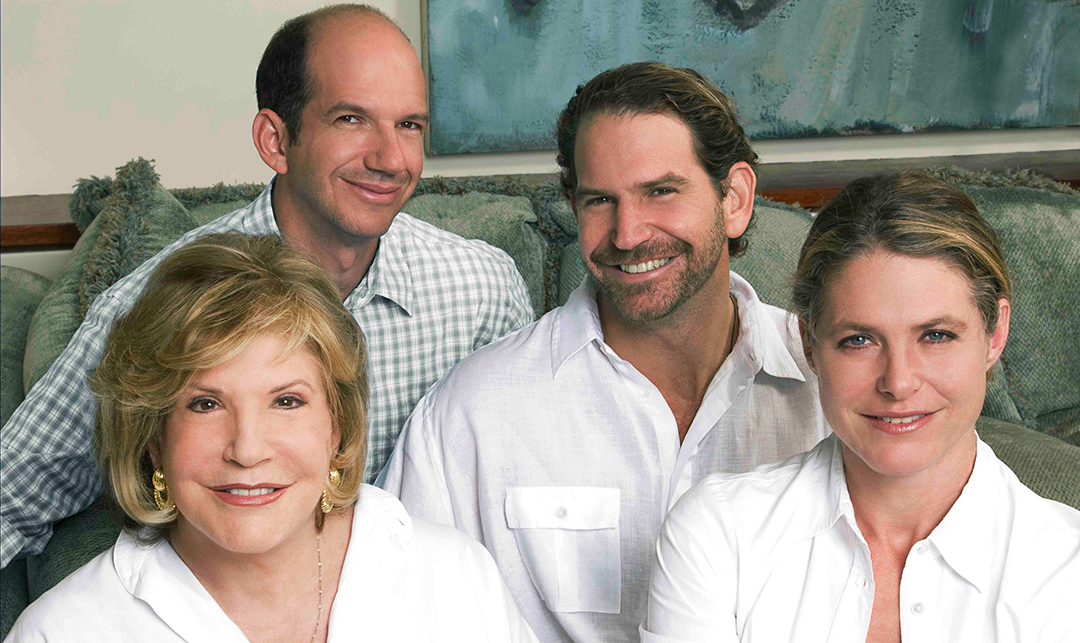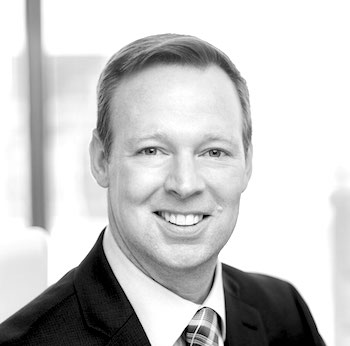Throughout the years, many families and fiduciaries have asked, “What is a Virtual Family Office (VFO)?”
My goal in this article is to demystify these structures and share a growing trend within the ultra-high net worth marketplace. A VFO consists of a team of professionals who, rather than operate in silos, collaborate together to create a seamless and holistic wealth management experience, facilitated through well-defined governance, structure, and process. To illustrate this point, let’s start off by sharing a short story.
It is every advisors ideal day: the phone rings with one of your key investment banking relationships on the line sharing with you the details of his client’s imminent liquidity event. Listening to the investment banker describe the situation, you realize that the client, Mr. Smith we’ll call him, might need more than just investment guidance. In fact, the more you learn about the situation, the more it becomes crystal clear that one of the most valuable things you can do for Mr. Smith is educate him on the process of building out a high quality team of advisors. A team that has his best interests at heart. The tangible and intangible benefits to the client can be game-changing, and the economics can appear very attractive if done properly.
“A VFO consists of a team of professionals who, rather than operate in silos, collaborate together to create a seamless and holistic wealth management experience, facilitated through well-defined governance, structure, and process.”
In this hypothetical scenario, Mr. Smith is about to sell his family owned business, into which he poured 30 years of blood, sweat, and tears. Mr. Smith has a local advisor who has already done some basic insurance and estate planning but the current advisor is now overwhelmed regarding the complexity of a hybrid asset/stock based sale. Mr. Smith has never hired a dedicated outside CPA nor has he ever engaged in sophisticated estate planning. To make matter worse, he doesn’t have a team of dedicated professionals to properly advise him on best practices.
[To read more of Robert Dalie’s thought leadership click here]
After spending enough time to understand what truly is keeping Mr. Smith up at night, you start to put together a short list of the types of professionals that can best serve his needs. Once an initial team has been assembled, you share with them the family balance sheet, cash flows, and goals. During this process, you collaborate with the team, conducting frequent conference calls and meetings to set protocol going forward. In this specific case, you want to make sure to talk with the banker and get a clear understanding of the terms of the liquidity event as the transaction date nears.
Based on the initial financial planning exercise, it is obvious that his current spending is extremely low relative to the overall size of his $50M estate. His number one priority is making sure the family is functional, and his children are motivated and active members of the community. He has shared with you his desires to be more involved in philanthropy and teach his children core values. After months of detailed planning Mr. Smith now has built out an advisory team, which includes an estate lawyer, financial planner, investment advisors, CPA, attorneys, and other consultants.
In essence, what we’ve just described is the anatomy of a Virtual Family Office. “Virtual” in this context refers to the fact that these advisory roles are coordinated across several firms by dedicated professionals acting as a team.
[For more on The Summa Group’s approach to Wealth Management click here]
Everyone has a different opinion regarding the size and structure of the VFO. In our experience, we’ve seen the VFO model work best with estates ranging from $20M to $250M (however, it is not a direct scale comparison because a smaller estate with hundreds of LP’s and complex deals can justify the expense of a single or multi-family office). There are several advantages to the VFO model: You can outsource staff and have dedicated partners in very specialized fields and only call upon them when absolutely necessary. This allows monthly overhead to be kept at a minimum while maintaining the resources for the family, when needed.
Everyone has a different opinion regarding the size and structure of the VFO. In our experience, we’ve seen the VFO model work best with estates ranging from $20M to $250M
Another advantage involves what we term, “the cumulative strategy effect.” Many single family offices are not exposed to the outside world and things become tainted or biased without any negative feedback loops. Advisors can become complacent, whereas with a VFO team that handles multiple families, exposure to great strategy or ideas is spread among families in similar situations. As you solve an issue for one family, that solution can be applied to, and shared with, other families when appropriate. This may leverage a greater pool of strategies.
To be fair, there are some downside issues to the VFO model, such as confidentiality, service provider risk, and control. Cyber security plays a major role in all our lives. When dealing with confidential information flowing between multiple firms, protocol is required for information sharing, storage, and access. The same can be said for service provider risk. Complacency requires constant vigilance. The coordinator of the VFO needs to make sure that all providers are reviewed at least annually, to make sure they are still a good fit, based on the family governance and current goals. With a VFO no one person has direct control of everything. During the initial setup, roles must be defined to ensure accountability. If structured properly, one can minimize these issues with trustworthy advice, state-of-the-art technology, and transparent pricing.
To summarize, a Virtual Family Office consists of all of a family’s existing professional advice-givers. Ultimately, the effectiveness of any VFO will in large part be driven by the team’s commitment to shared values and disciplines, including transparency, collaboration, communication, authenticity, humility and accountability.













































